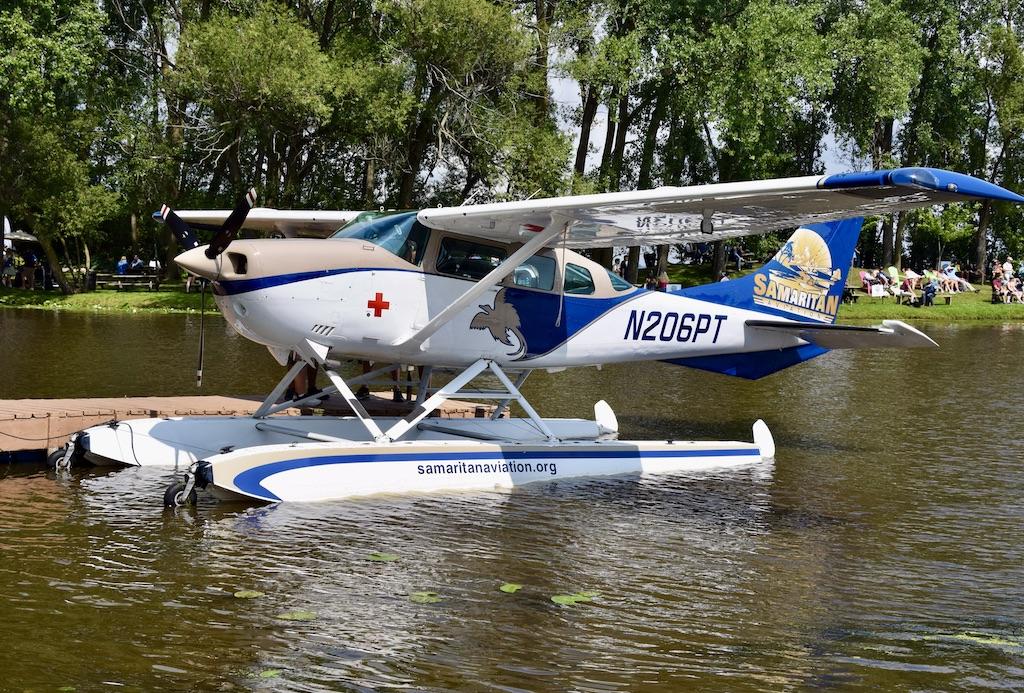
Samaritan Aviation is modifying this donated Cessna U206G to serve in Papua New Guinea.
Credit: Bill Carey
Samaritan Aviation, the Christian non-profit organization that provides aerial medical support in Papua New Guinea (PNG), is modifying a donated Cessna U206G Stationair to serve its expanding mission in the Pacific Islands country. Built in 1980, the single-engine amphibian was docked in late July...
Subscription Required
This content requires a subscription to one of the Aviation Week Intelligence Network (AWIN) bundles.
Schedule a demo today to find out how you can access this content and similar content related to your area of the global aviation industry.
Already an AWIN subscriber? Login
Did you know? Aviation Week has won top honors multiple times in the Jesse H. Neal National Business Journalism Awards, the business-to-business media equivalent of the Pulitzer Prizes.





